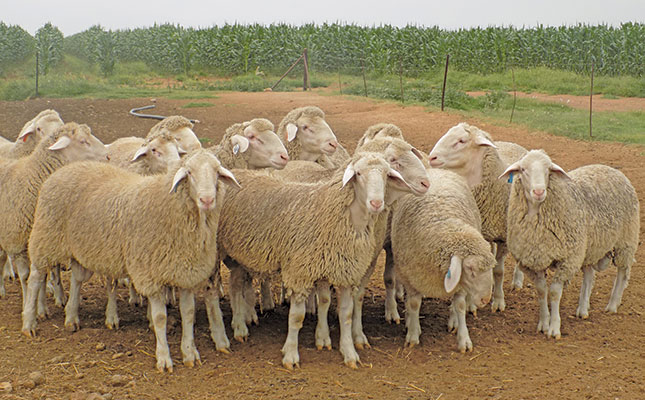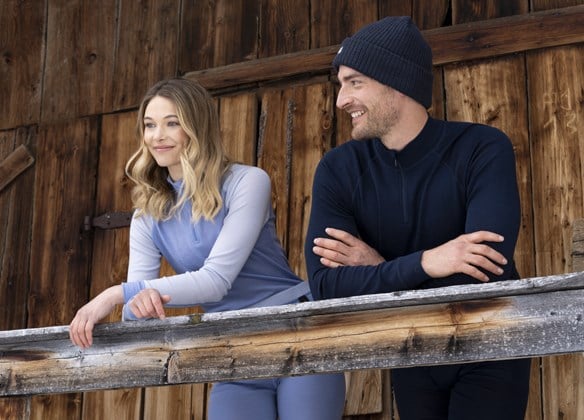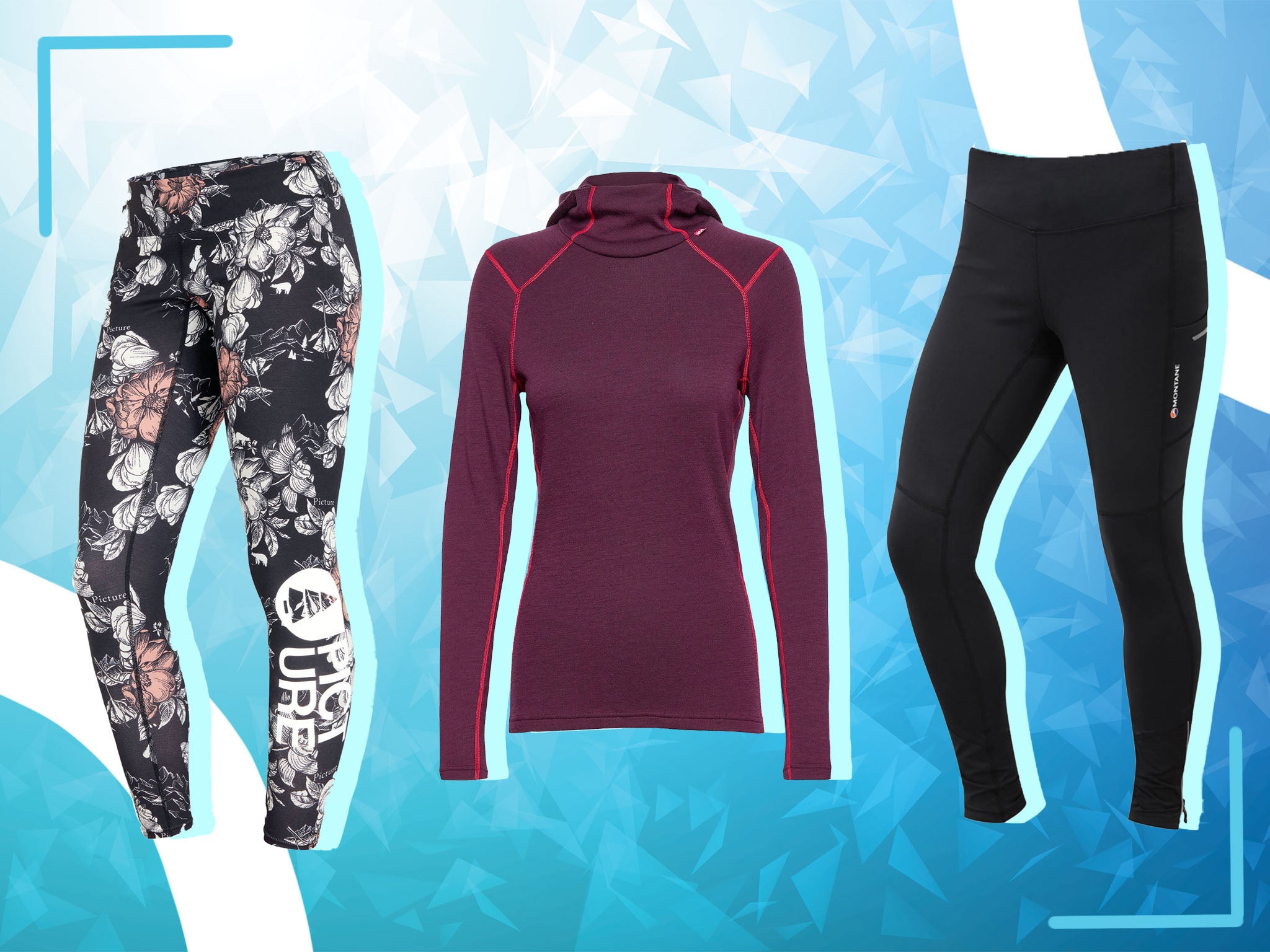Great Suggestions For Choosing Between Yak And Merino Wool
Scris: 28 Mar 2023 01:34
What Is The Difference Between Merino Wool From Regular Wool?
Merino wool, a type that is made of Merino sheep's soft and fine wool is Merino wool. Merino is softer than regular wool. This is because of Merino sheep's finer fibres. The wool's finer fibers are less itchy and are more comfortable to wear close to your skin.
Merino wool is extremely warm because it can trap air between the fibers. It is also very moisture-wicking and can keep you warm, even when it's wet.
Merino wool has a higher endurance than regular wool due to the nature of the Merino sheep fibers. This means that it will withstand more wear and tear, and will not pill.
Merino wool is naturally antibacterial and resists odors. This means you can wear it for long lengths of time without it developing an unpleasant smell.
Breathability- Merino Wool is extremely permeable. It means moisture is able to escape and it will keep you cool and dry in warmer temperatures.
Merino wool is generally a superior quality wool than regular wool, and can be more expensive due to its superior characteristics.

How Do 3/4 Length, Long Sleeves, Hooded And Zip-Neck Merino-Wool Base Layers Differ?
The different types of Merino wool base layers that are available such as 3/4 length, long sleeve and zip-neck have distinct features and advantages. We'll help you pick the best 3/4 Length Merino base layer. These base layers offer warmth and comfort for your lower part of the body, but without adding the bulk. The base layer can be worn with shorts or pants and is ideal for moderate to cool weather. These base layers are great for activities that require extra warmth but aren't full-length.
Long Sleeve Merino wool layers with base layers made from long sleeves are made to keep warm the upper body. They come in various weights, making them a great option for those living in cooler temperatures. You can wear long-sleeve base layers for low or moderate-intensity sports, in which you might require a little more warmth.
Hooded Merino wool base layers offer an extra layer of warmth and protection against the elements. They usually have an hood with a built-in hood that can be worn over the helmet or any other headgear. Hooded-style base layers are an excellent option for those who are exposed to wind or cold weather.
The basic layers of Zip-neck Merino Wool are made to allow for easy ventilation and temperature control. They generally have a zippered collar that can be pulled upwards or downwards in accordance with the conditions. It is possible to use zip-neck base layers for activities such as high intensity sports that require you to quickly manage your body temperature.
When choosing the most appropriate Merino wool base layer to suit your requirements, take into consideration the climate conditions, the amount of activity you'll be engaging in, and individual preferences. 3/4 length base layers be suitable for temperatures between mild and cool and long sleeves are suitable in cooler temperatures. Hooded bases layers can provide additional protection against windy or cold winds. Zip-neck base layers work well for any activity that requires you to regulate body temperature quickly. It is also important to take into consideration the fit and allow full movement. Go Read the best over at this website on merino wool base layer for site info including smartwool merino 250 crew base layer top, icebreaker base layer mens, best merino wool base layer hunting, merino 150 base layer, wool mesh base layer, mens merino wool base layer top, ultralight merino wool base layer, ladies merino thermals, icebreaker wool base layer, merino cycling base layer sale, with more- Best Suggestions For Selecting Between Yak And Merino Wool 1289deb and Good Tips For Choosing Between Yak And Merino Wool.

How Can You Determine The Most Suitable Ski Base Layer To Combine Merino Wool And Himalayan-Yak Wool?
There are many things to take into consideration when selecting the base layer for your skis which blends Merino wool with Himalayan yakwool. Here are some important things to think about Weather conditions: Take into consideration the temperature and conditions in which you will be skiing. If the temperature is low it is possible to consider a thicker base layer, such as one with Himalayan-yak wool. If it's milder, an Merino wool layer might be more appropriate.
Activity levelThe activity level is a measure of your activities and how much sweat you shed. Merino wool or Merino wool could be a better choice when you sweat a lot.
Comfort- Select an appropriate base layer that is both comfortable and well-fitting. Base layers must be able to move with you and allow full motion. It is best to avoid base layers that feel too restrictive or tight. This can cause discomfort and limit mobility.
Personal preference- Ultimately the ideal base layer selection will depend on your personal preferences. Some prefer a more thick layer of insulation whereas others prefer a thinner layer. Many combinations are possible. Look for the combination that you feel most comfortable with.
It is important to think about your individual needs as well as the weather conditions you'll be skiing. When choosing an appropriate base layer, take into consideration the conditions in the weather, your activities level, and your personal preference. This will help ensure that you stay dry and comfortable while you are on the slopes. See See the top best base layer for hiking examples for more recommendations including merino wool short sleeve base layer, best merino wool thermals, merino 400 base layer, merino wool base layer bottoms mens, paradox merino wool base layer, merino base layer womens sale, big and tall merino wool base layer, mens tall merino wool base layer, rapha merino wool base layer, ski base layer merino, and more- Free Info For Deciding Between Yak And Merino Wool and Best Suggestions For Selecting Between Yak And Merino Wool.

Merino And Himalayan Himalayan Yak Wool Is Superior To Cotton Nylon, Polyester, Fleece, And Other Alternatives To Skiwear.
Merinowool and Himalayanyak Wool is better than nylon, polyester, fleece, nylon and fleece for ski clothes. Warmth: Merinowool as well as Himalayanyak wool work as excellent insulators. They help keep you warm in freezing temperatures. Merino Wool as well as Himalayan Yok Wool offer superior insulation.
Moisture management: Merino wool and Himalayan Yok wool are very efficient at regulating moisture. They help keep your skin dry and comfortable while you're on the slopes. Both wools naturally wick moisture away, which means they draw moisture from your skin and transfer it to the upper layers of the fabric, where it is able to evaporate. This is in contrast with cotton that absorbs water and then becomes uncomfortable and heavy when it dries.
Breathability - Merino wool, Himalayan yak wool, and other wools are extremely breathable. This lets air move through the fabric and helps to regulate the body's temperature. This is crucial for ski clothing because it lets you be at ease while skiing. However polyester, fleece, and polyester are not as air-tight and retain heat and moisture, which can make you feel uncomfortable and sweaty.
Comfort- Merino, Himalayan and yak wools are very comfortable and soft. They are flexible and stretchy and are able to be moved with you to allow for full range motion. The nylon, fleece or polyester, can however, be stiff and uncomfortable. They may restrict your movements and cause discomfort.
Sustainability- Merino Wool and Himalayan Yak wool are natural and sustainable fibers that can be biodegraded and recycled. This makes them a more green option over synthetic materials such as nylon and polyester, both of which are made from non-renewable materials and require a long time to decompose.
Merino wool is superior to polyester, nylon and nylon for ski clothing. They are soft, sustainable warm, warm, and moisture-wicking.
Merino wool, a type that is made of Merino sheep's soft and fine wool is Merino wool. Merino is softer than regular wool. This is because of Merino sheep's finer fibres. The wool's finer fibers are less itchy and are more comfortable to wear close to your skin.
Merino wool is extremely warm because it can trap air between the fibers. It is also very moisture-wicking and can keep you warm, even when it's wet.
Merino wool has a higher endurance than regular wool due to the nature of the Merino sheep fibers. This means that it will withstand more wear and tear, and will not pill.
Merino wool is naturally antibacterial and resists odors. This means you can wear it for long lengths of time without it developing an unpleasant smell.
Breathability- Merino Wool is extremely permeable. It means moisture is able to escape and it will keep you cool and dry in warmer temperatures.
Merino wool is generally a superior quality wool than regular wool, and can be more expensive due to its superior characteristics.

How Do 3/4 Length, Long Sleeves, Hooded And Zip-Neck Merino-Wool Base Layers Differ?
The different types of Merino wool base layers that are available such as 3/4 length, long sleeve and zip-neck have distinct features and advantages. We'll help you pick the best 3/4 Length Merino base layer. These base layers offer warmth and comfort for your lower part of the body, but without adding the bulk. The base layer can be worn with shorts or pants and is ideal for moderate to cool weather. These base layers are great for activities that require extra warmth but aren't full-length.
Long Sleeve Merino wool layers with base layers made from long sleeves are made to keep warm the upper body. They come in various weights, making them a great option for those living in cooler temperatures. You can wear long-sleeve base layers for low or moderate-intensity sports, in which you might require a little more warmth.
Hooded Merino wool base layers offer an extra layer of warmth and protection against the elements. They usually have an hood with a built-in hood that can be worn over the helmet or any other headgear. Hooded-style base layers are an excellent option for those who are exposed to wind or cold weather.
The basic layers of Zip-neck Merino Wool are made to allow for easy ventilation and temperature control. They generally have a zippered collar that can be pulled upwards or downwards in accordance with the conditions. It is possible to use zip-neck base layers for activities such as high intensity sports that require you to quickly manage your body temperature.
When choosing the most appropriate Merino wool base layer to suit your requirements, take into consideration the climate conditions, the amount of activity you'll be engaging in, and individual preferences. 3/4 length base layers be suitable for temperatures between mild and cool and long sleeves are suitable in cooler temperatures. Hooded bases layers can provide additional protection against windy or cold winds. Zip-neck base layers work well for any activity that requires you to regulate body temperature quickly. It is also important to take into consideration the fit and allow full movement. Go Read the best over at this website on merino wool base layer for site info including smartwool merino 250 crew base layer top, icebreaker base layer mens, best merino wool base layer hunting, merino 150 base layer, wool mesh base layer, mens merino wool base layer top, ultralight merino wool base layer, ladies merino thermals, icebreaker wool base layer, merino cycling base layer sale, with more- Best Suggestions For Selecting Between Yak And Merino Wool 1289deb and Good Tips For Choosing Between Yak And Merino Wool.

How Can You Determine The Most Suitable Ski Base Layer To Combine Merino Wool And Himalayan-Yak Wool?
There are many things to take into consideration when selecting the base layer for your skis which blends Merino wool with Himalayan yakwool. Here are some important things to think about Weather conditions: Take into consideration the temperature and conditions in which you will be skiing. If the temperature is low it is possible to consider a thicker base layer, such as one with Himalayan-yak wool. If it's milder, an Merino wool layer might be more appropriate.
Activity levelThe activity level is a measure of your activities and how much sweat you shed. Merino wool or Merino wool could be a better choice when you sweat a lot.
Comfort- Select an appropriate base layer that is both comfortable and well-fitting. Base layers must be able to move with you and allow full motion. It is best to avoid base layers that feel too restrictive or tight. This can cause discomfort and limit mobility.
Personal preference- Ultimately the ideal base layer selection will depend on your personal preferences. Some prefer a more thick layer of insulation whereas others prefer a thinner layer. Many combinations are possible. Look for the combination that you feel most comfortable with.
It is important to think about your individual needs as well as the weather conditions you'll be skiing. When choosing an appropriate base layer, take into consideration the conditions in the weather, your activities level, and your personal preference. This will help ensure that you stay dry and comfortable while you are on the slopes. See See the top best base layer for hiking examples for more recommendations including merino wool short sleeve base layer, best merino wool thermals, merino 400 base layer, merino wool base layer bottoms mens, paradox merino wool base layer, merino base layer womens sale, big and tall merino wool base layer, mens tall merino wool base layer, rapha merino wool base layer, ski base layer merino, and more- Free Info For Deciding Between Yak And Merino Wool and Best Suggestions For Selecting Between Yak And Merino Wool.

Merino And Himalayan Himalayan Yak Wool Is Superior To Cotton Nylon, Polyester, Fleece, And Other Alternatives To Skiwear.
Merinowool and Himalayanyak Wool is better than nylon, polyester, fleece, nylon and fleece for ski clothes. Warmth: Merinowool as well as Himalayanyak wool work as excellent insulators. They help keep you warm in freezing temperatures. Merino Wool as well as Himalayan Yok Wool offer superior insulation.
Moisture management: Merino wool and Himalayan Yok wool are very efficient at regulating moisture. They help keep your skin dry and comfortable while you're on the slopes. Both wools naturally wick moisture away, which means they draw moisture from your skin and transfer it to the upper layers of the fabric, where it is able to evaporate. This is in contrast with cotton that absorbs water and then becomes uncomfortable and heavy when it dries.
Breathability - Merino wool, Himalayan yak wool, and other wools are extremely breathable. This lets air move through the fabric and helps to regulate the body's temperature. This is crucial for ski clothing because it lets you be at ease while skiing. However polyester, fleece, and polyester are not as air-tight and retain heat and moisture, which can make you feel uncomfortable and sweaty.
Comfort- Merino, Himalayan and yak wools are very comfortable and soft. They are flexible and stretchy and are able to be moved with you to allow for full range motion. The nylon, fleece or polyester, can however, be stiff and uncomfortable. They may restrict your movements and cause discomfort.
Sustainability- Merino Wool and Himalayan Yak wool are natural and sustainable fibers that can be biodegraded and recycled. This makes them a more green option over synthetic materials such as nylon and polyester, both of which are made from non-renewable materials and require a long time to decompose.
Merino wool is superior to polyester, nylon and nylon for ski clothing. They are soft, sustainable warm, warm, and moisture-wicking.